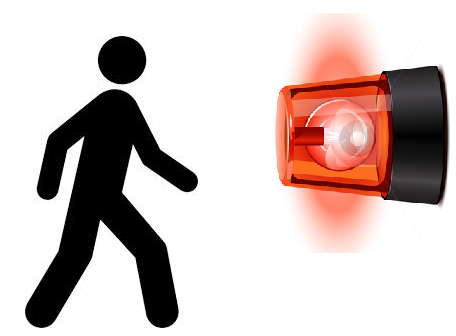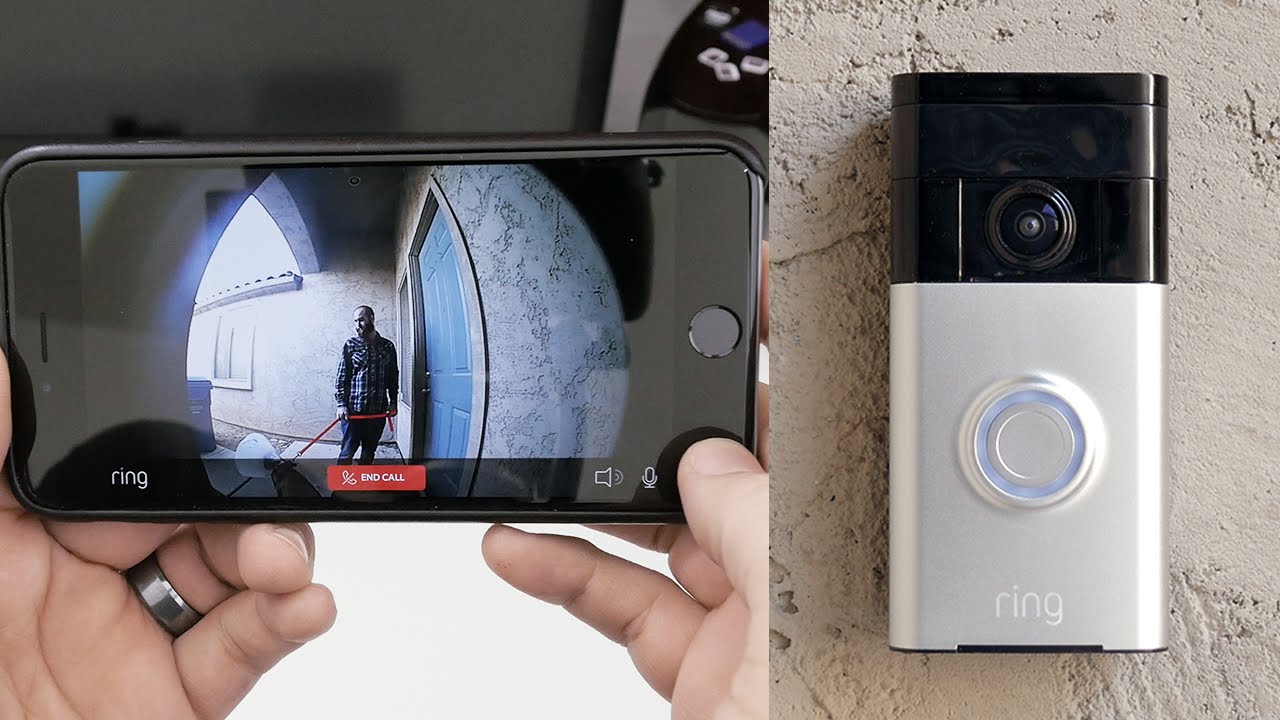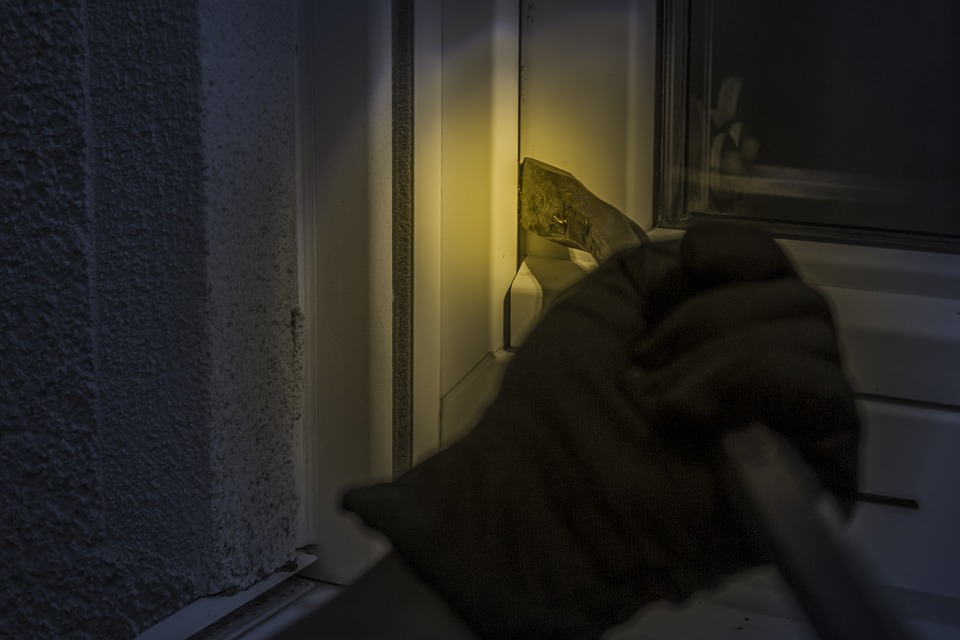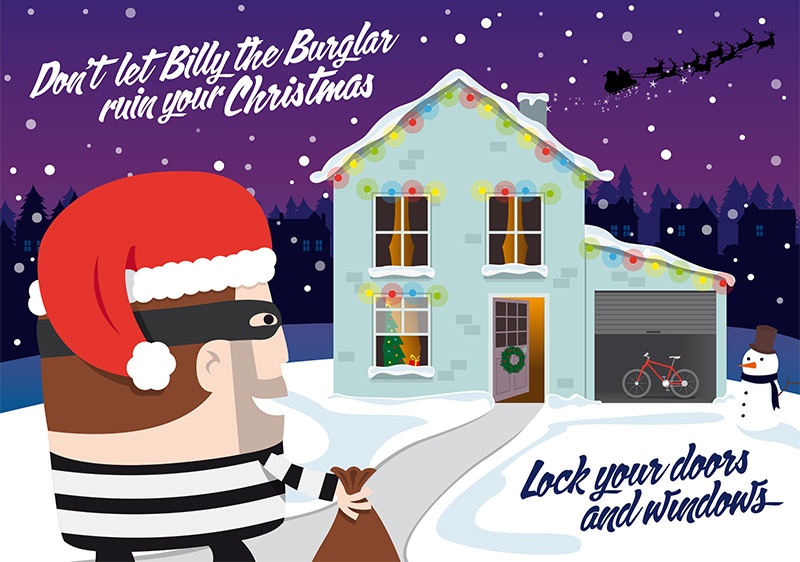Motion Detectors and Motion Sensors
The last thing any of us wants is for someone to be sneaking around outside or inside our homes or businesses. Believe it or not, a motion detector can have a snooping creep behind bars in no time.
That’s pretty nice, isn’t it?
Something as simple as motion sensors inside and outside your Rochester home or business can protect what is yours.
Types of Motion Detectors
There are different types of motion detection. There are alarms with motion detectors. They are a part of the system so that when someone infiltrates a door or window, the alarm system can be triggered and the authorities notified.
There are also these types:
- Driveway motion detectors – If you get a lot of visitors, mounting a driveway motion detector will let you know when someone is in your driveway. Really, you can place this type of motion detector anywhere around your house. Many of these have a range of up to 400 feet. That type of range is good for someone who lives in a rural area. A shorter range can be used if you live close to a city street. When the detector is triggered, it sets off an alert inside the house. It can be a chime or even a light that comes on.
- Motion activated flood lights – A motion activated flood light works the same way as a driveway alert. However, you don’t necessarily have to be notified when it is triggered. Instead, the flood light comes on and it shines on whatever has triggered it. If it is a burglar, they will most likely run away because they don’t want to be seen. If it is the neighbor’s dog, it probably won’t care.
- The barking motion detector – This can give a burglar a good jolt in the chest as their heart jumps out of it. They step up on your doorstep and suddenly a dog starts barking at them. These motion sensors can be set to activate when there is motion in front of windows or doors. Some models can also be set to less threatening sounds, especially when you are home and expecting visitors.
- Security alarms – This is the type that is going to give a burglar a nice scare. If they dare try to enter a window or door, the motion detector is going to tell the alarm system, which is going to alert the authorities. The alarm sounding is usually enough to scare the burglar away. What is great is that the motion sensors can be wireless so they can be placed anywhere.
How do Motion Sensors Work?
They can be passive infrared, ultrasonic, microwave, tomographic, or the sensor types can be combined.
Yes, there are some big words there.
Passive infrared simply detects anything that is warm-blooded. So if you’re the lizard belonging to the boy across the street decides to come for a visit, it isn’t going to be detected. Friendly people, cats, dogs, rabbits, Bigfoot, your annoying cousin, and burglars are going to be detected.
Ultrasonic listens for sounds like metal on metal or breaking glass. Passive sensors are extremely sensitive, but they can often cause false alarms. Active sensors emit ultrasonic waves. Because dogs, cats, and some species of fish can hear these frequencies, they can be disturbed. If you have never seen a disturbed fish, this is one way you could achieve that.
Microwave sensors use microwave pulses and then measure the reflection of those pulses off of objects to tell whether or not they are in motion. It is possible for these sensors to detect things not in the target range.
Tomographic uses radio waves and senses when those waves are disturbed. These are expensive, but extremely useful in warehouses, storage units, and other areas that need commercial grade security.
Professionally Installed Motion Detectors
To make sure motion detectors are facing the right direction, are in the best places for detecting intruders, and are the most effective, it is best to have them professionally installed. SPS Fire & Security has a wide range of options for you to keep your home and business safe, so call today at 585-770-0348 to find out how you can protect your space.










